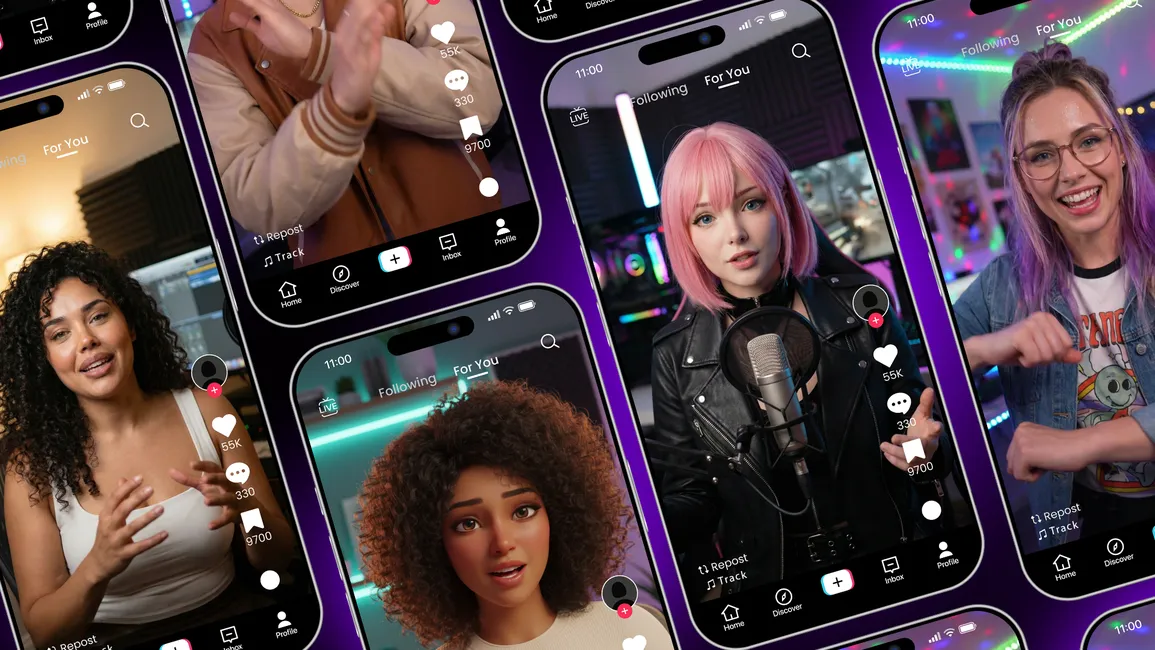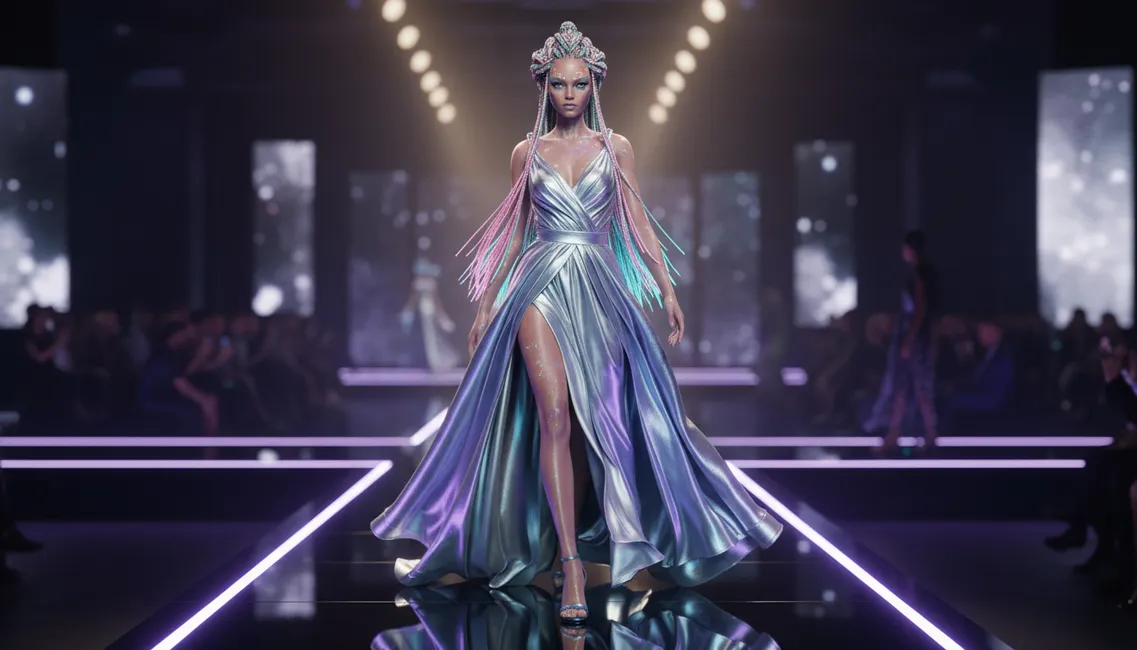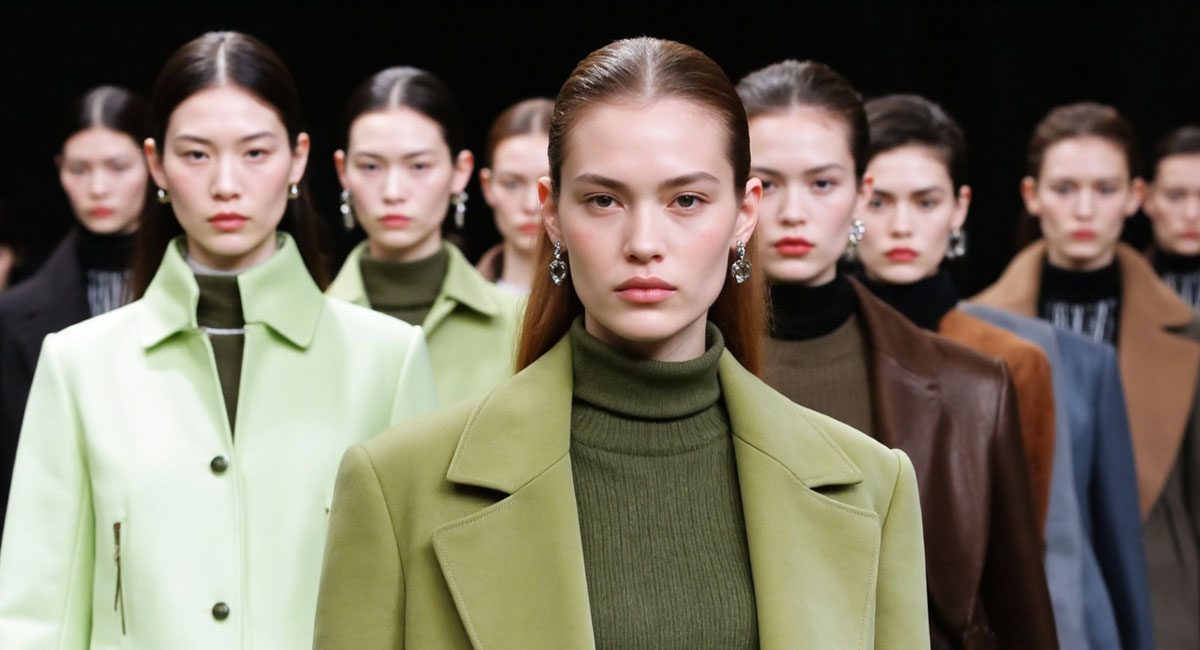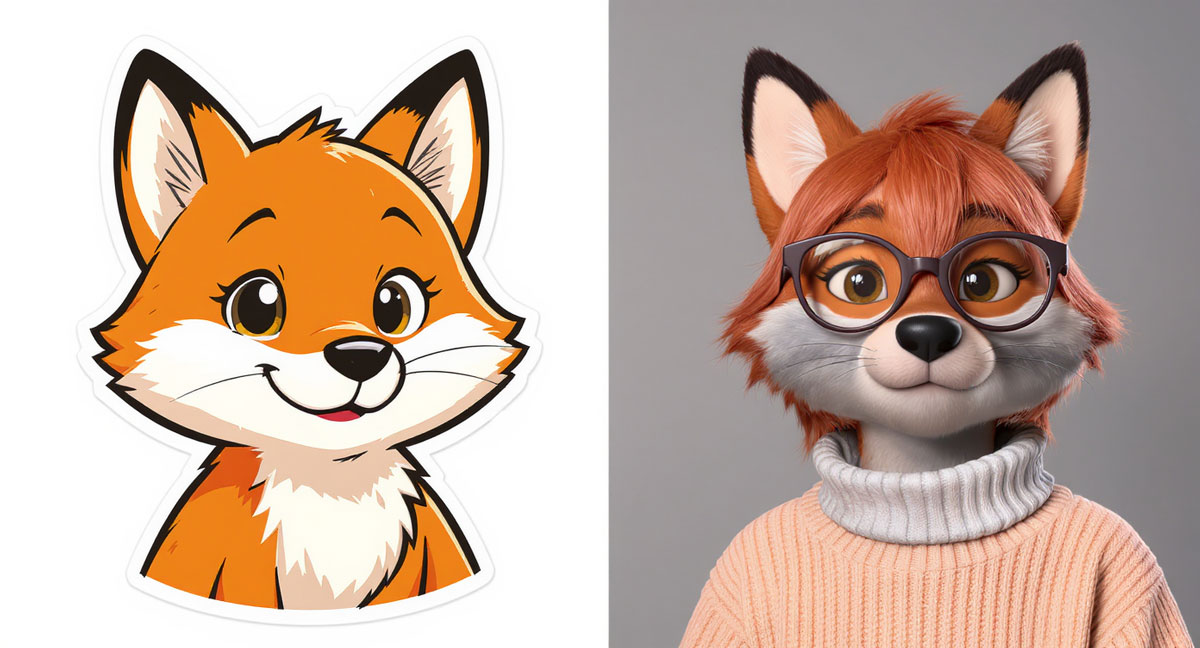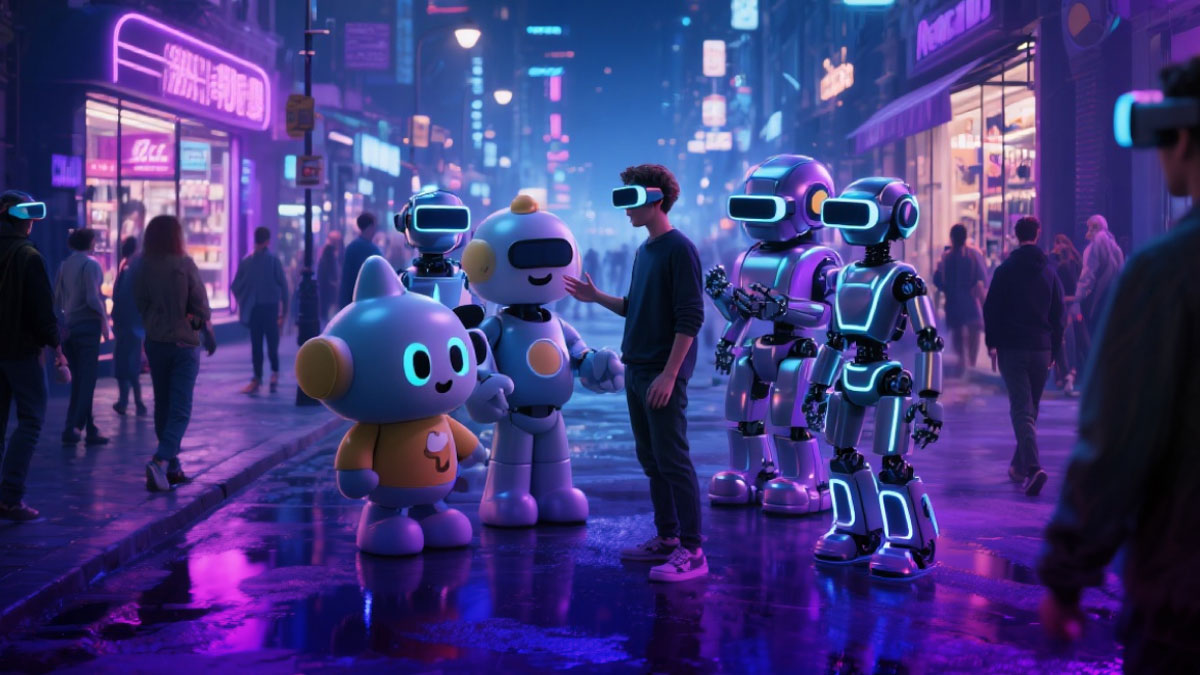
The future of virtual influencers?
Close your eyes and imagine this:
It’s 2030, and your next campaign star doesn’t need a green room, a plane ticket, or a contract renegotiation. She’s digital, flawless, always on, always brand-safe.
Sound futuristic? It’s already happening. AI avatars are reshaping marketing already?
The tech behind these characters is evolving fast; so fast that by the time you finish this sentence, someone’s probably launched a new one.
From starring in videos to hosting entire virtual events, these digital personalities are set to revolutionize how we think about brand presence.
Is audience engaging?
Absolutely yes!
Navigate to the next section. You’ll find some interesting statistics there.
Virtual Influencers’ Market Statistics in a View
“How can these digital aviators boost my brand’s ROI?”, you may ask.
Per a comparative study by Harvard Business Review, sponsored social media content created by AI avatars generate 13.3% more engagement than their organic posts. What about human influencers? Well, it is 2.1% lower!
A 2023 report from ZebraCat supports this, revealing an average engagement rate of 5.9% for virtual influencers compared to just 1.9% for human ones. Three times higher!
View this post on Instagram
Now let’s see what your competitor brands think about the trend.
It might surprise you if someone tells you “92% of brands are already using or open to using AI to support influencer marketing workflows”. But that’s true! A 2025 marketing survey from Later reports that.
Among the brands surveyed, 73% reported a preference for collaboration with micro and mid-tier influencers. If that’s true, we can expect the growing digitally created influencers into marketing campaigns.
With the rapid revolution of AI, we witness a new era in the creator economy.
Especially in North America where the virtual influencer market has taken the lead, accounting for over 42% of the industry’s revenue in 2024, per an industry analysis by Grand View Research.
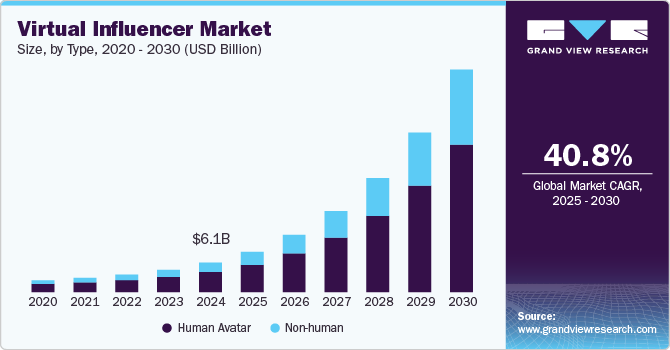
In 2025, as Later reports, worldwide expenditure has reached an impressive $32.55 billion, fueled by a notable shift towards strategies prioritizing ROI. Such a shift has fueled the integration of AI across various workflows, and a growing preference for micro and mid-tier creators.
Another report from 2024 introduced the top three highest-earning digitally created celebs at the time of study.
Lil Miquela topped the list, reportedly earning over $20,100 for each sponsored post on her Instagram.
Following her, Leya Love with earnings exceeding $4,550 per post was noted, while Giorgina Aleman ranked third with 509,609 followers and earnings upwards of $4,200 per sponsored post.
The impact of virtual avatars extends beyond just fashion and lifestyle.
FN Meka, for example, recognized as the first robot rapper selling NFTs, with over 9 million followers on TikTok, who drew a lot of attention by selling a Lamborghini-themed porta-potty NFT for $6,500.
@fnmekaName one rapper that has a hibachi Rolls Royce like me 🤔♬ Florida Water – FN Meka & Gunna & Clix
“With the recent rise in quality of AI image generation, we can expect more of these influencers to pop up and grow in popularity soon, potentially earning thousands for the people behind them,” says Enias Cailliau, CEO of GirlfriendGPT.
As Jasmine Enberg, VP and Principal Analyst of Social Media & Creator Economy, puts, “we are entering a world where people expect AI, they expect avatars to be part of their social and online experiences. So I can see a world in which this does take off, at least to some, and this isn’t the first time we talked about virtual influencers”,
To master the integration of AI avatars effectively, be sure to read our blog article “The complete guide to virtual influencer marketing” that provides that foundation.
From there, let’s take a look at what’s coming next.
The Future of Virtual Influencers: What’s on the Way?
It’s 7 a.m. in 2030. You tap your mug, and your team’s virtual influencer shimmers onto the kitchen table in AR. She reels off overnight sales in flawless German, then switches to Mandarin for the Asia-Pac recap.
Scenes like this will be common.
Analysts say the worldwide virtual influencer economy could top US $37.8 billion by 2030, growing 38 % every year. China alone expects a $38B billion “virtual human” boom by the same date.
We already have hints of that future. Prada’s fragrance line launched “Candy,” a fully digital muse, to front real-world ads in 2021.
Calvin Klein paired supermodel Bella Hadid with Lil Miquela, a CGI star, for a global video that racked up millions of views.
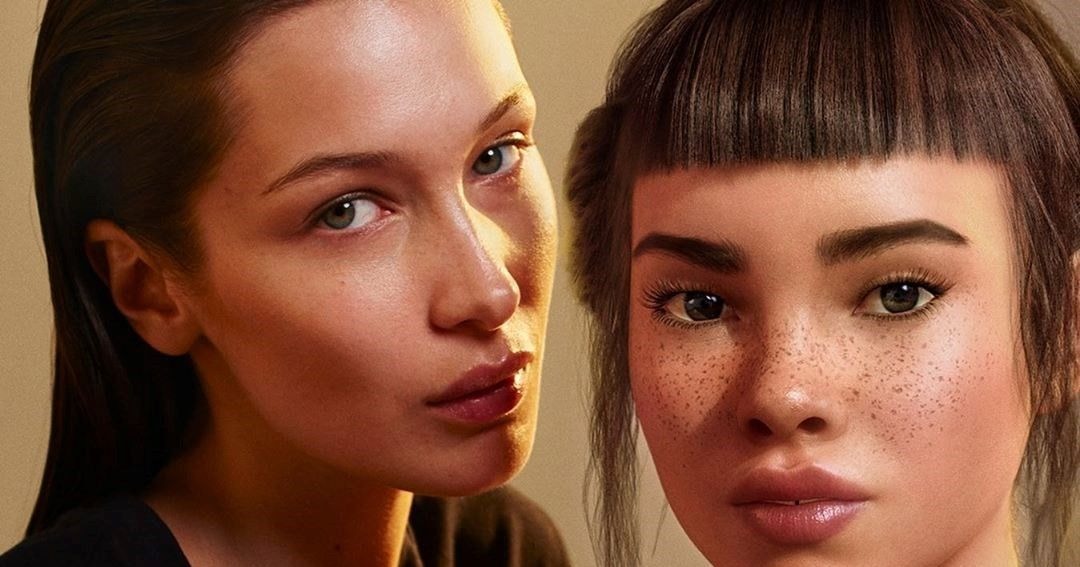
Put those milestones on fast-forward. In three budget cycles, virtual influencers will not just post videos; they’ll run live launches, answer FAQs, and hand you tomorrow’s creative brief before your coffee cools.
Now that we’ve mapped out what to expect from virtual influencers in the decade ahead, let’s zoom in on the medium where their impact will be most explosive: video.
In the next section, we’ll explore how these digital personalities will reinvent everything from short-form clips to fully immersive, two-way brand films.
Video Content Will Evolve with Virtual Influencers
As video content continues to dominate digital engagement, virtual influencers are set to become more than just CGI spokespeople—they’ll become the central interface between brand and viewer.
In the near future, virtual influencers will deliver real-time, interactive video experiences powered by AI and audience data.
Picture a tutorial that adapts to the viewer’s skill level, a product demo that switches colors based on browsing history, or a brand film where the storyline shifts depending on what emoji you react with.
Advanced avatars will not only speak multiple languages but adjust their delivery style based on regional audience analytics. Think regional tone-matching at scale. For brands, that’s an unbeatable edge in localization.
The deeper trend? Moving from one-to-many to one-to-one storytelling—but on a massive scale. The result is higher engagement, stronger brand recall, and conversion journeys that feel less like ads and more like conversations.
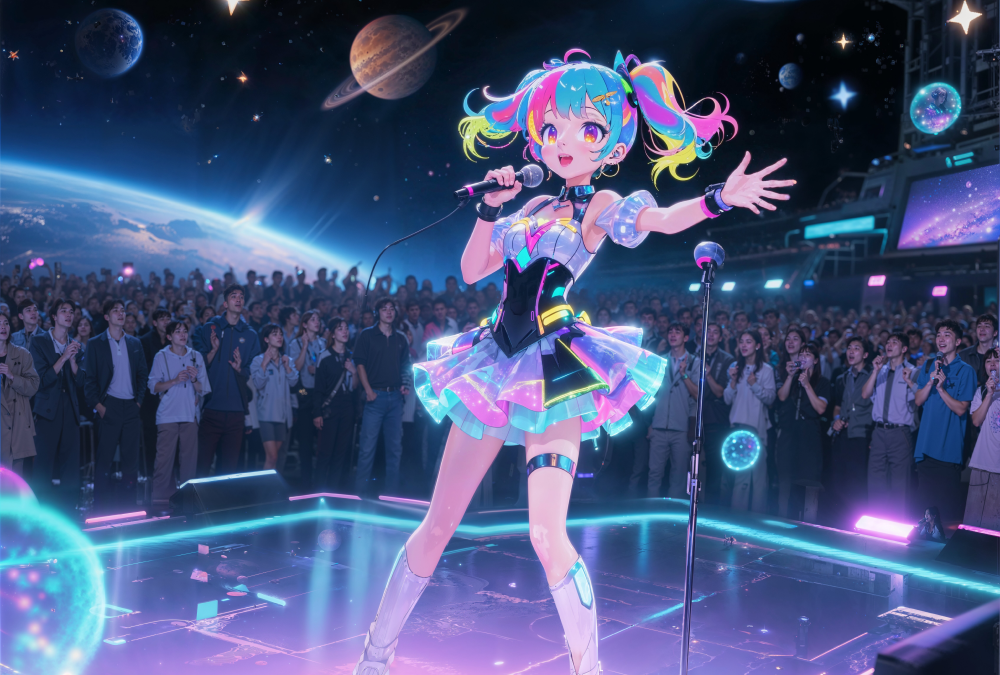
If you’re thinking beyond the next campaign and into the next content paradigm, this is your moment to explore how virtual influencers can future-proof your video strategy.
Interactive Brand Stories Will be Featured in Metaverse and Beyond
Step into 2030’s version of a brand experience—it doesn’t happen in a store. It happens in a shared virtual world where your customer walks in, gets greeted by a lifelike virtual influencer, and explores your latest collection in 3D. No lines, no closing hours, no shipping delays.
This isn’t theoretical. Fashion brands are already dipping their toes into the metaverse, but virtual influencers will take it to the next level.
Imagine them acting as brand narrators in immersive story worlds—guiding users, cracking jokes, or even unlocking exclusive products if you interact long enough. Think interactive Netflix, but built for commerce.
View this post on Instagram
Want your campaign to go viral in multiple time zones? Your influencer can appear as a K-pop star in Seoul, a luxury guru in Milan, and a streetwear savant in LA—all at once, thanks to location-specific persona switching.
And in these digital spaces, brand stories don’t just get told. They get played.
Hyper-Realism and AI-Driven Personalization Will Catch on
She Gets You—and She’s Not Even Human!
It starts with a wink. Then a grin. The influencer on your screen shifts her outfit to match the color you paused on yesterday. She even switches accents when she sees you’re based in London. And she remembers you hate being called “sir.”
She’s a virtual influencer, but honestly? She gets you.
View this post on Instagram
By 2030, digital creators will be powered by AI smart enough to tailor content not just to audiences, but to individuals. That means more than dropping your name in a video.
It means suggesting products you actually care about, speaking in your preferred tone, and adjusting the video flow depending on how fast you usually scroll.
All of it will feel seamless. All of it will feel personal. And none of it will require a single human on set.
There Will be a shift from Passive Watching to Two-Way Engagement
Here’s what’s changing: videos won’t be one-way anymore.
With virtual influencers, your audience will soon be able to do more than watch. They’ll type a question and get a real answer. They’ll vote in a live poll. They’ll ask to see the jacket in green—and it’ll happen right there in the stream.
Just like viewers interact with real people on TikTok Live or during a Twitch stream, they’ll engage with these digital hosts in the same way. And for brands, that opens up new levels of connection. It’s still a video—but it feels more like a conversation.
That little shift? It changes everything.
The Global Expansion of Virtual Influencers
Here’s something many marketers haven’t planned for: the biggest growth in virtual influencers is happening outside the English-speaking world.
China’s booming virtual economy is just one example. In India, we’re already seeing regional-language digital characters gaining traction on YouTube and WhatsApp. South Korean beauty brands are pairing virtual idols with real K-pop stars. Even African tech hubs are beginning to experiment with virtual hosts and educators.
View this post on Instagram
This isn’t a fad. It’s a global media shift. And it’s a massive opportunity for brands who want to scale quickly across borders without losing cultural nuance.
At Dream Farm Agency, we’re already exploring how virtual characters can be tailored by market—right down to dialect, design cues, and social behavior. Want to go global and feel local? This is your blueprint.
The Hybrid Future: Virtual + Human Influencer Synergy
Want the authenticity of a human influencer and the scalability of an AI-driven avatar? You don’t have to choose.
The hybrid model is already gaining traction. We’re talking human creators supported by their virtual alter-egos—perfect for running global campaigns, hitting multiple platforms, or engaging different time zones without missing a beat.
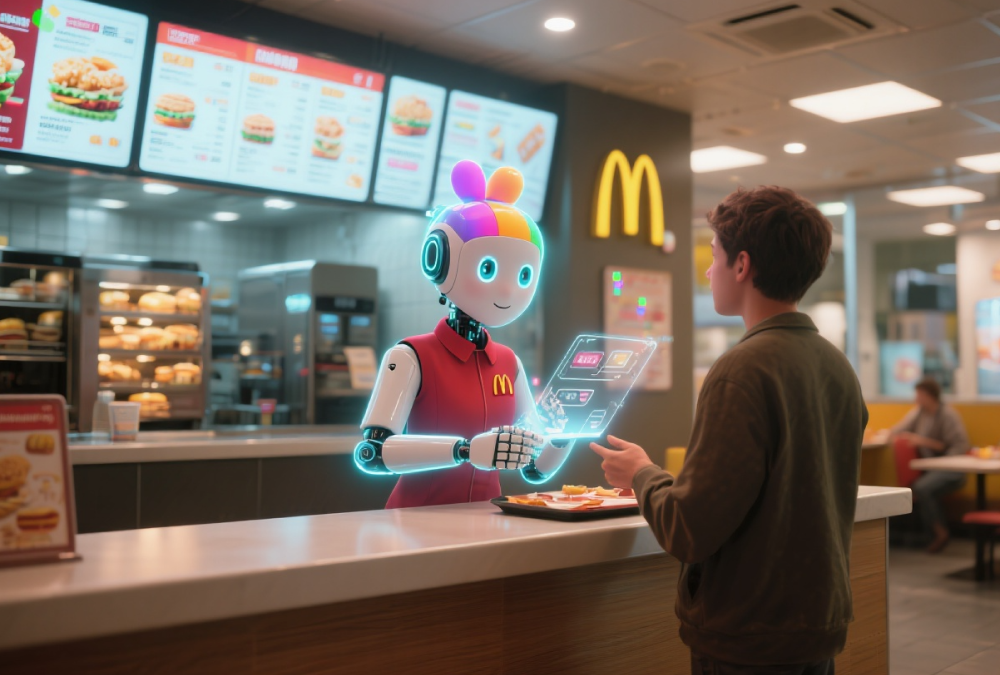
At Dream Farm Agency, we help creators and brands build custom digital twins that mirror their style, voice, and vibe. Whether it’s launching a virtual fitness coach based on your top creator, or using an animated version of a spokesperson for your APAC market, the possibilities are growing fast.
One voice. Two faces. Endless reach.
Risks on the Horizon: Deepfakes, Bias, and Ethical Minefields
Innovation Without Guardrails Is a Risk
As virtual influencers scale, so do the ethical stakes.
AI-generated personas offer unmatched control—but also introduce challenges around trust, representation, and misuse. Consumers are already demanding transparency: over one-third want it clearly stated when an influencer isn’t human.
There’s also regulatory risk. If a virtual character misleads audiences—intentionally or not—it’s not clear who’s liable: the brand, the studio, or the algorithm?
And representation matters. Without diverse creative teams, virtual influencers could unintentionally reinforce stereotypes or exclude real creators who deserve a seat at the table.
For forward-thinking marketers, this isn’t a reason to pull back. It’s a reason to build smarter—by setting internal policies, vetting teams carefully, and prioritizing ethical storytelling.
Why You Should Invest on Vls Now
Here’s the simple truth: the brands experimenting with virtual influencers today will dominate tomorrow’s attention.
Why?
Because they’ll have years of learning, testing, and creating, while others are just getting started. By 2030, the market could top $37.8 billion, and those who planted early seeds will own more than just characters.
They’ll own the audience’s trust that comes with consistency.
Already, we’re seeing this play out. Brands like Prada, Calvin Klein, and Samsung have partnered with virtual influencers to launch products and drive engagement. The results? Higher click-through rates, broader reach, and content that runs 24/7 across multiple platforms and time zones.
Waiting means playing catch-up. Acting now means shaping the standard
Build the Future With Us at Dream Farm Agency
The future of virtual influencers isn’t just coming—it’s already here. The question is: will your brand lead the change, or follow it?
At Dream Farm Agency, we’re pioneering these trends to keep your brand ahead. We specialize in designing and developing high-impact virtual characters that blend storytelling, strategy, and cutting-edge tech.
Click to learn more about our virtual influencer service. We don’t just build 3D characters. We build influence.
Whether you need a CGI brand ambassador, an AI-powered content engine, or a cross-platform campaign character, we’re here to bring your vision to life.

HosseinDigital Marketing Expert
